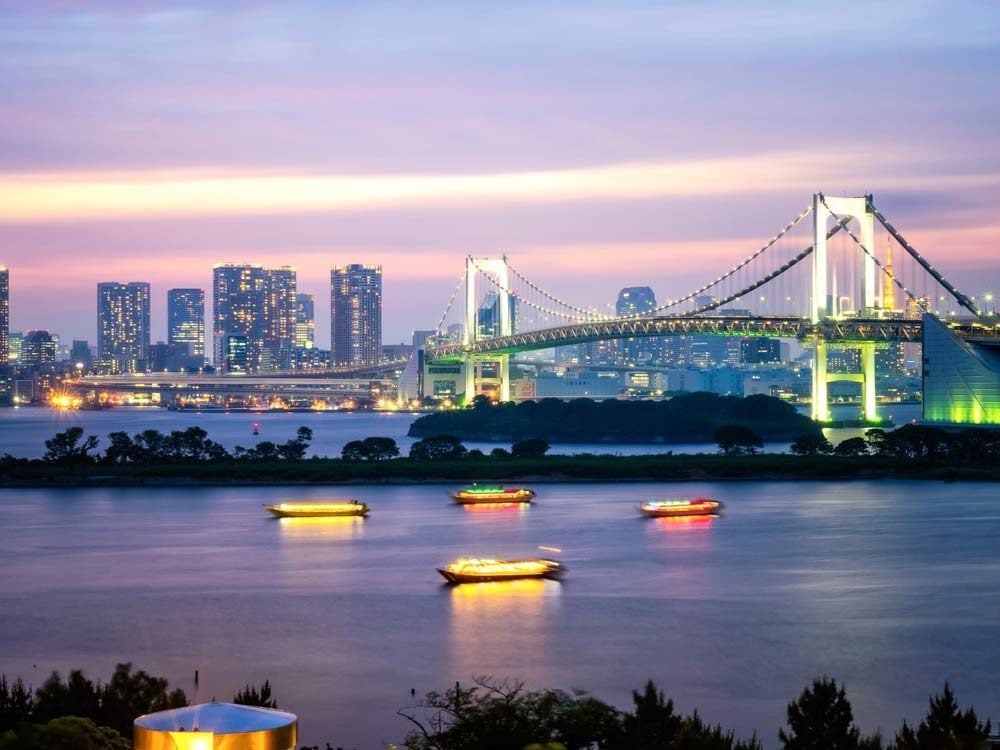
1. Odaiba
When costal mega-cities run out of space, they inevitably turn toward the sea. An aerial view of Tokyo reveals a city stretched to its limits, coming to a congested stop at the waterfront. Geometrically precise islands appear, seemingly lowered into place like space panels. Among the exhibition pavilions, indoor shopping malls, game centres, cafes, restaurants, and surrealistic constructions of Odaiba Island, the visitor never fails to be intrigued by the structures on this landfill that seems to hail from the future rather than the past.
Here are 10 things to do while visiting the Land of the Rising Sun.
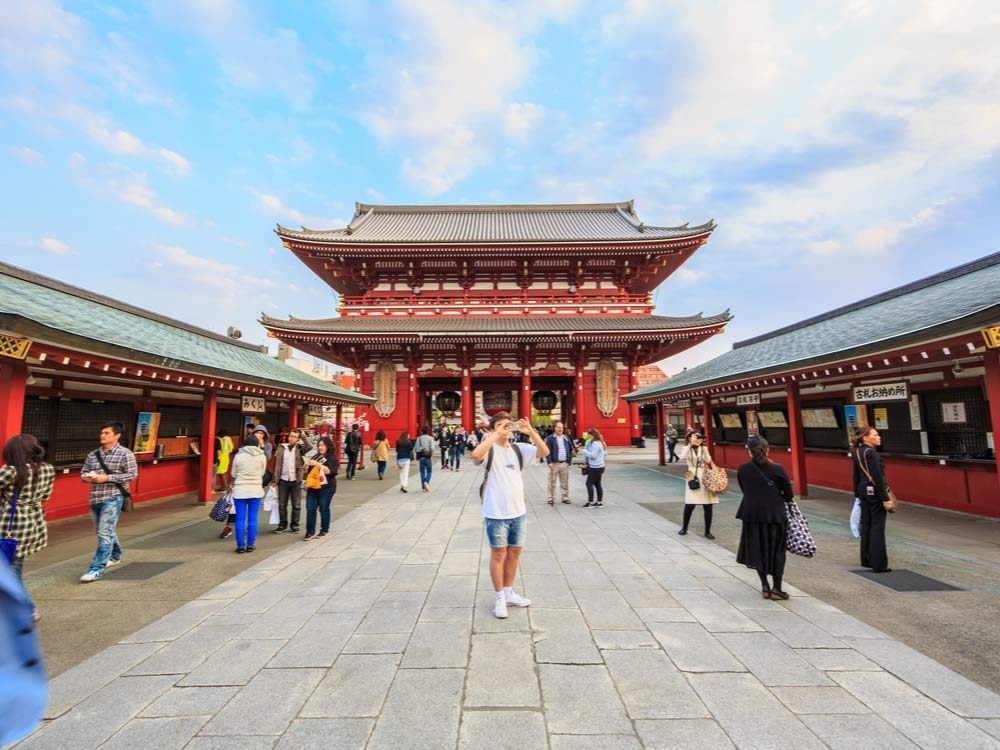
2. Senso-ji Temple
Rebuilt countless times since its founding in 628, Senso-ji is the oldest temple site in Tokyo and the capital’s spiritual epicentre. The current temple, dedicated to Kannon, the Goddess of Mercy, is a fireproof replica of an earlier version built in 1692. One of the liveliest spots in the city, its grounds attract throngs of visitors who come to pray inside its cavernous main hall with its opulent, golden altar and priceless collection of 18th- and 19th-century votive paintings. This religious sanctuary lies at the heart of a busy commercial and entertainment district. Here, the murmur of chanting sutras, flickering candles and clouds of incense co-exist with a lively trade in religious souvenirs, trinkets and traditional foods.
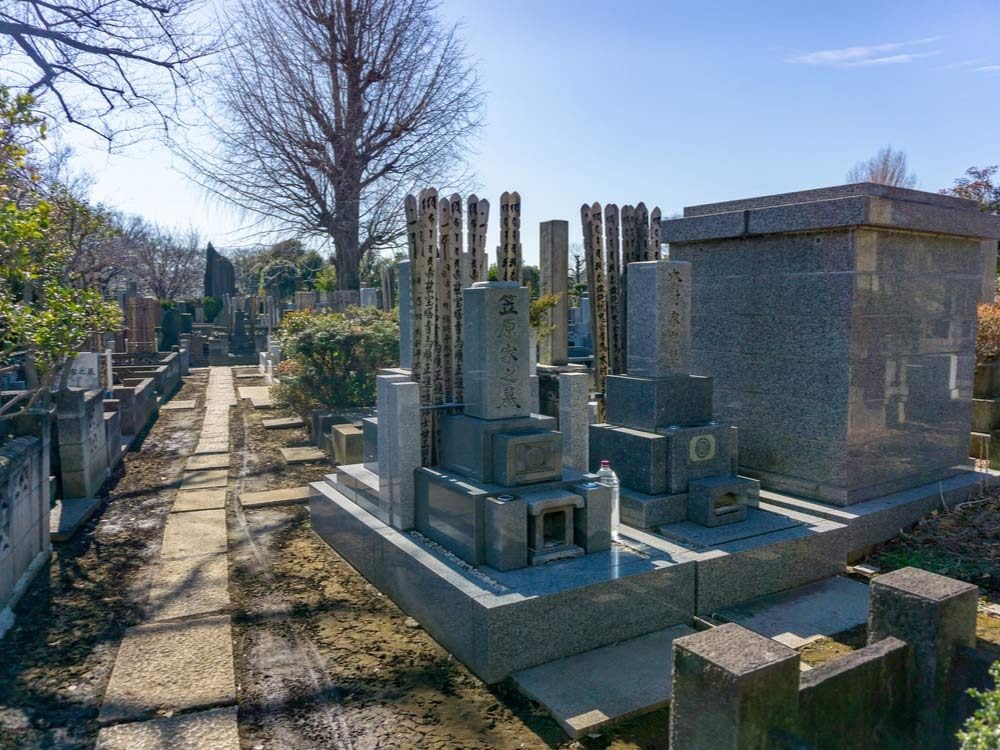
3. Yanaka Cemetery
One of Tokyo’s first public graveyards, Yanaka Cemetery is an elegiac yet awe-inspiring evocation of Tokyo’s past. Its consecrated grounds, interspersed with mossy tombstones, leafy walks, wrought-iron gates, time-worn lanterns and stone statuary, are almost Gothic in character. An oasis of calm frozen in time, Yanaka Cemetery is a far cry from Tokyo’s glittering metropolis. It is also the final resting place of the city’s luminaries, including literati, actors and statesman, as well as the notorious and the long-forgotten.
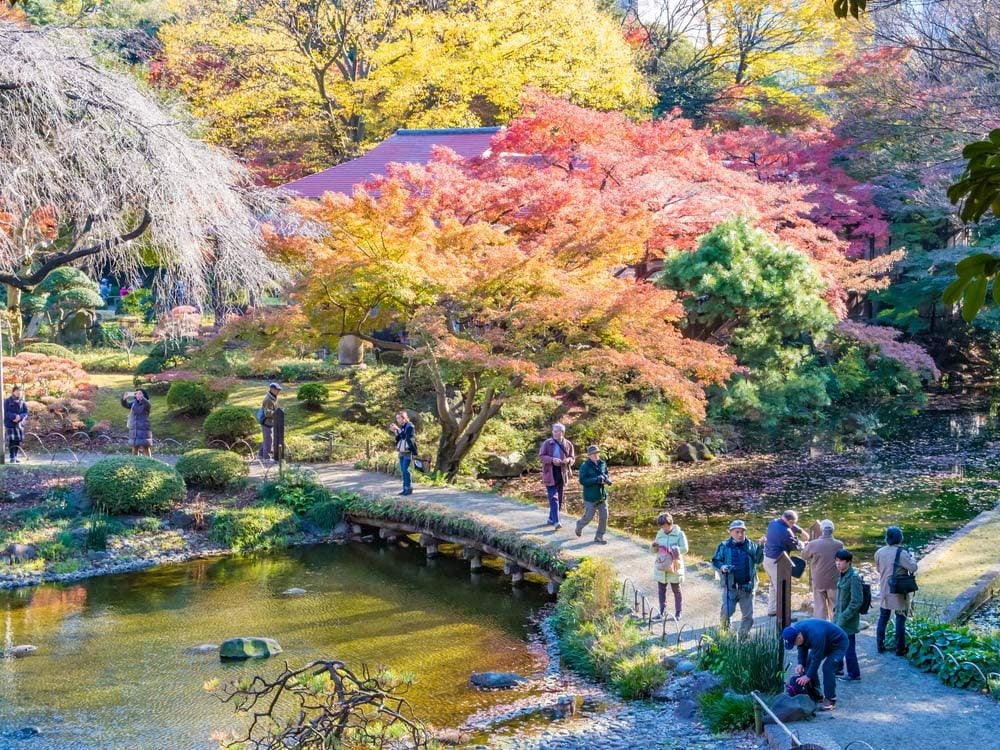
4. Koishikawa Korakuen Garden
Laid out in 1629, Tokyo’s oldest surviving garden was commissioned by Tokugawa Yorifusa, lord of the Mito branch of the Tokugawa family. Its designer, Tokudaiji Sahei, was aided by the Confucian scholar, Zhu Shunshui, a Chinese refugee from the fall of the Ming dynasty. Many famous spots found in China and Japan have been re-created in the miniature here. The garden was once a kind of theme park itself, a recreation space for the Tokugawa clan to entertain visitors, clamber up its miniature halls, float in barges on its pond, and stage poetry parties.
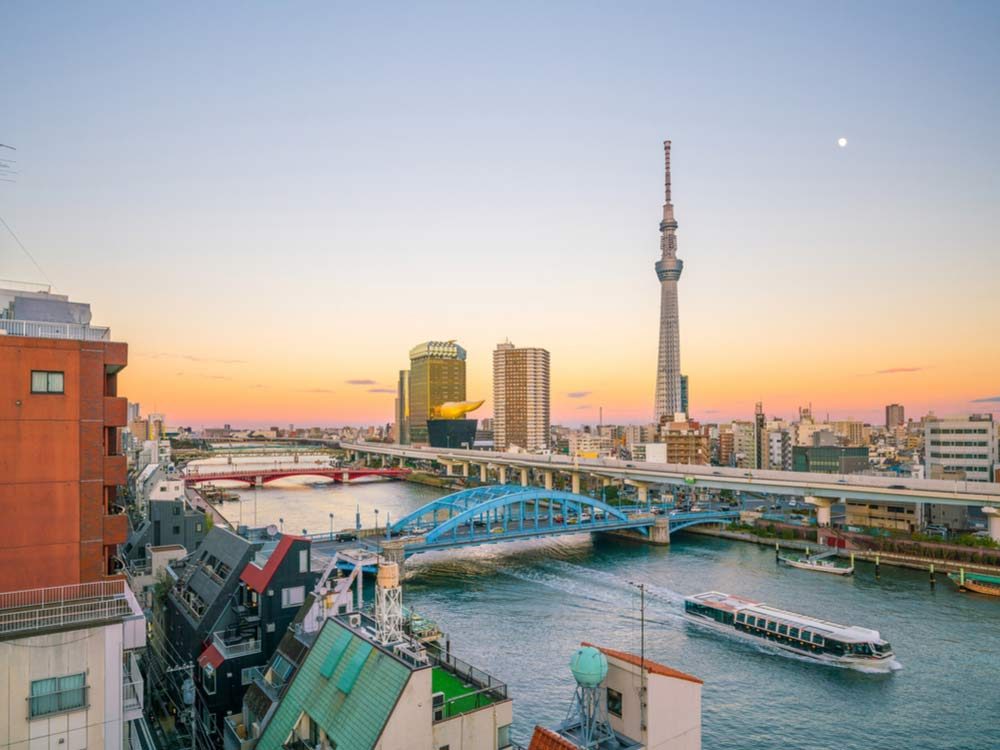
5. Sumida River
The Sumidagawa, Tokyo’s premier waterway, has long been a symbol of the city. While its water and embankments are a setting for commerce, festivals, islands, gardens, bridges and ferries, its literary associations form a rich body of lore. The painted girders, shackles and bolts of older bridges, with their sweeping arches, stone stanchions and wrought-iron lanterns, lend a sense of continuity to the ever-changing Tokyo. Low-hulled skulls operated by oarsmen carrying courtesans to riverside teahouses have now given way to waterbuses, floating bars and traditional pleasure boats hung with colourful lanterns.
Check out The 10 Most Exotic River Cruises.
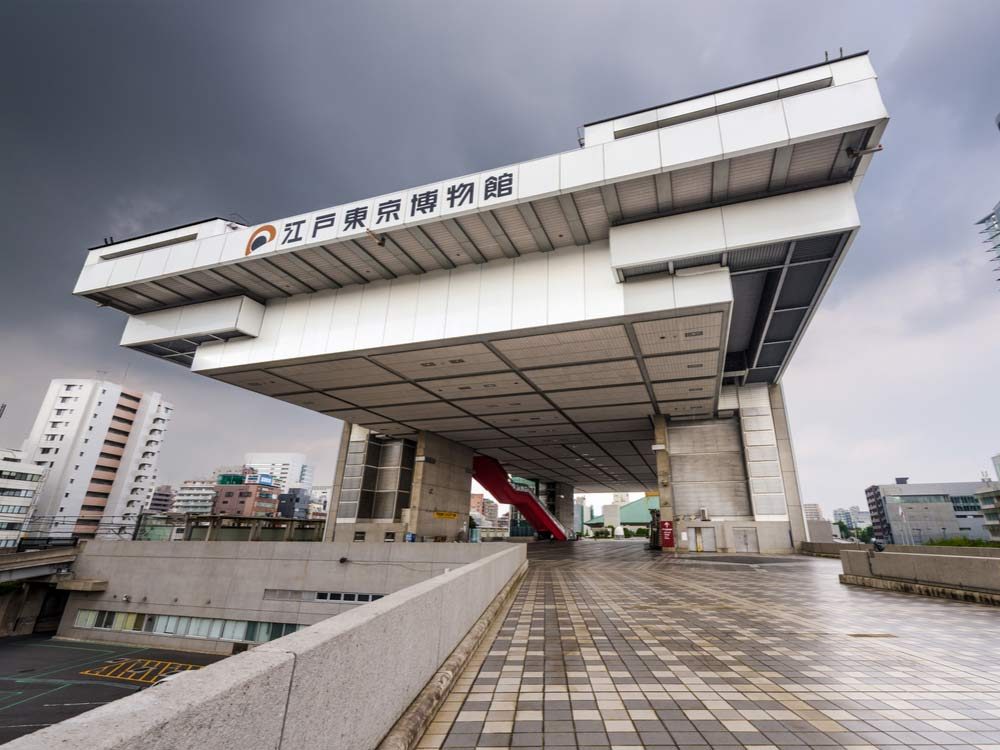
6. Edo-Tokyo Museum
Charting the history of Edo and Tokyo, the Edo-Tokyo Museum is housed in an elevated building that resembles an intergalactic space station floating on stilts. Its height, which dwarfs every other building in the vicinity, replicates Edo Castle, and the raised edifice is modeled after a traditional Japanese rice storehouse. More modern touches include the red escalator that rises from the terrace to the underbelly of the cantilevered upper stories, and the panels coated with fluorine resin. Highlights include a replica of Nihonbashi Bridge and an evocative reconstruction of the 1945 air raids that ravaged Tokyo.
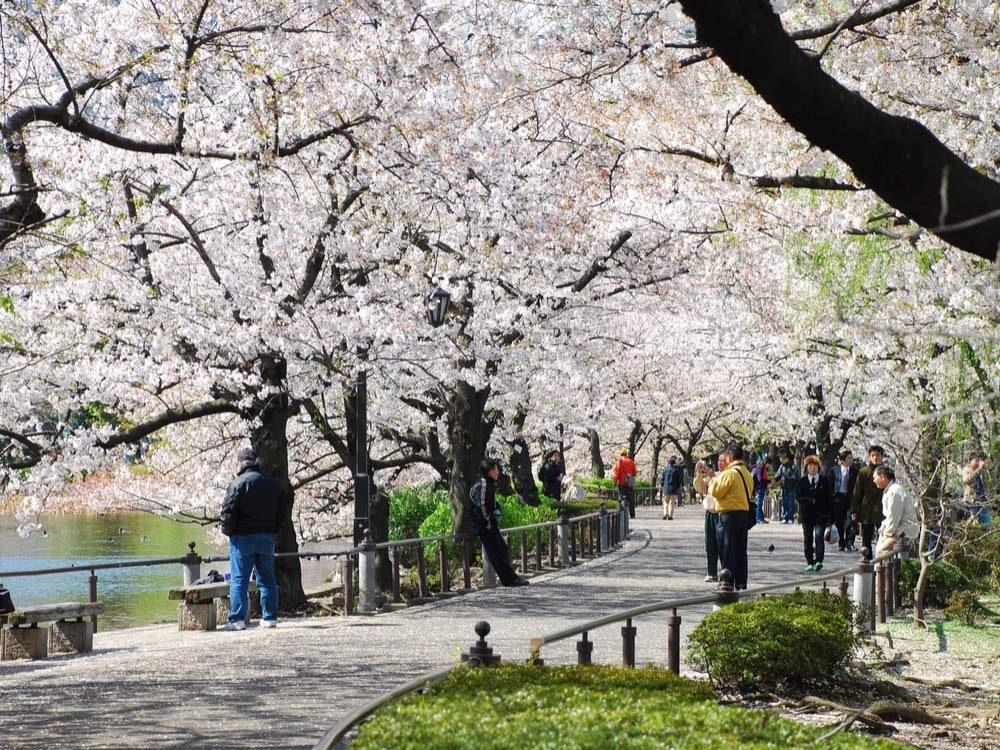
7. Ueno Park
One of the most important concentrations of high art in the city, Ueno Park sits at the center of a down-to-earth working-class residential and entertainment district. With its temples, shrines, famous cherry trees, a magnificent lotus pond, statues, and tombs, the park is like a miniature model of Japan. The hill, on which the upper part of the park sits, was once a great religious center. During the Meiji and Taisho periods, this historical stage served as a venue for large-scale art and industrial exhibitions, paving the way for the venerable museums and galleries that occupy the park today. Almost all of Tokyo gathers here during this enchanting spring cherry-blossom season.
We’ve narrowed down the 15 most Instagrammed destinations in the world!
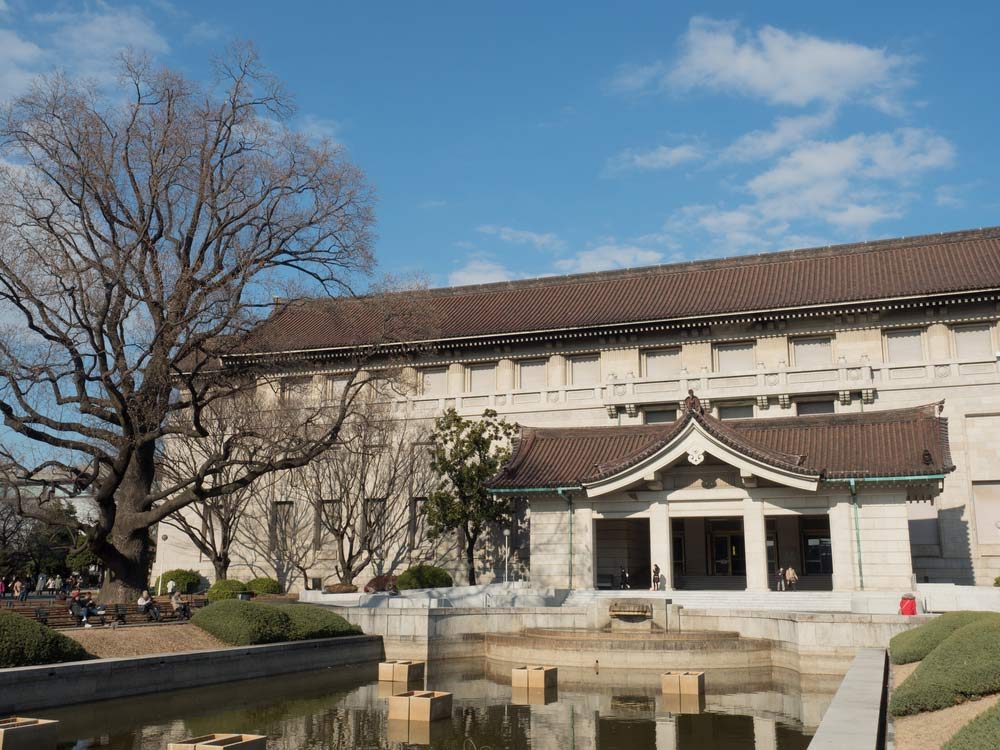
8. Tokyo National Museum
Occupying a major part of the northern reaches of Ueno Park, the colossal Tokyo National Museum was known in the pre-war period as the Imperial Household Museum. This magisterial museum, set among courtyards, fountains and trees, is divided into four main galleries: Honkan, Heiseikan, Toyokan and Horyu-ji. These contain not only the single-most important collection of Japanese art and archeology in the world, but a treasury of Asian antiquities as well. The main galleries display almost 3,000 items at any one time – an awesome amount to see in one visit. A garden on the side of the Honkan gallery opens for the cherry blossom and fall foliage seasons.
Check out the 10 Must-Visit Museums Around the World.
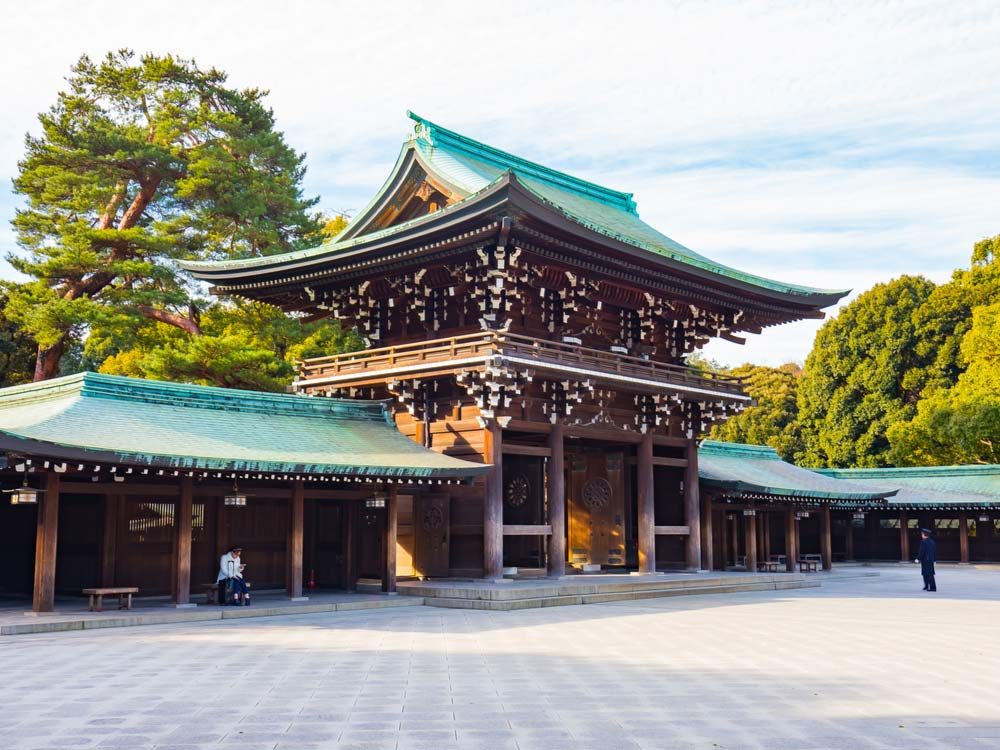
9. Meiji Shrine
Dedicated to the memory of the Meiji Emperor (1868-1912) and his consort Shoken, Meiji shrine is a fine example of restrained Shinto architecture. Completed in 1920, the shrine was destroyed in an air raid in 1945. The current reconstruction is indistinguishable from the original. The gravel paths and courtyards of the grounds host cultural events, ranging from Noh, Kyogen, court dances and music performances to horseback archery, winter ice sculptures and calligraphy shows.
Here are 10 Architectural Wonders of the Ancient World You Must See Before You Die.
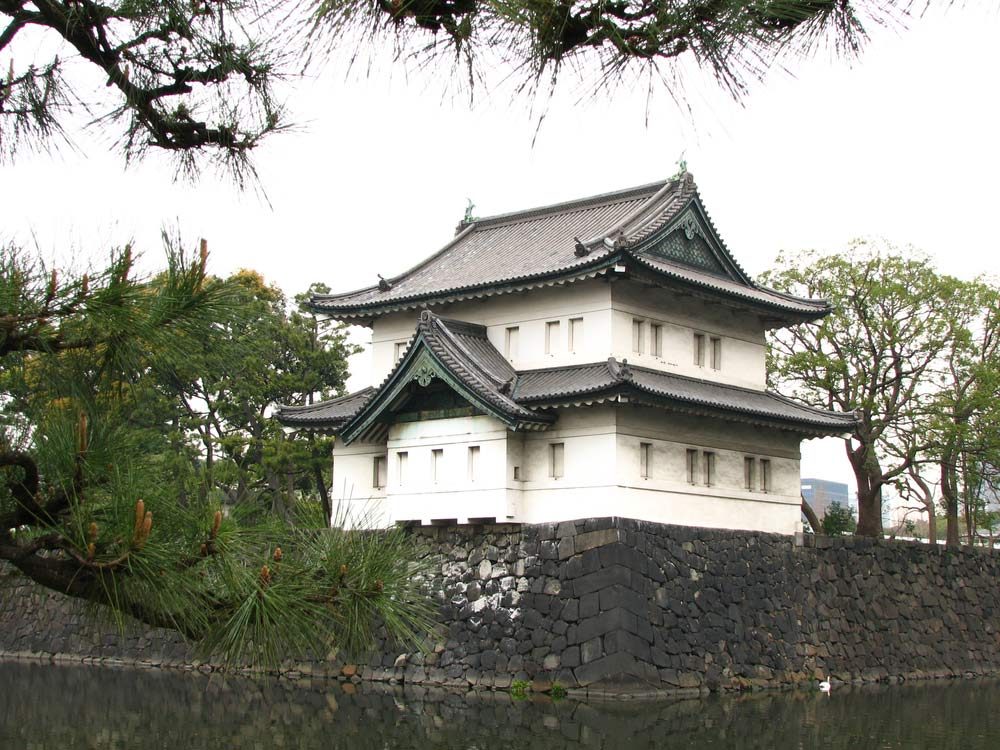
10. Imperial Palace Grounds
At the centre of one of the largest cities in the developed world, the Imperial Palace grounds sit amid a galaxy of busy urban centres. The compound contains the magnificent remains of the emperor’s resident, moats, stone walls, watch towers, ancient towers and gates, fairytale bridges and occasional police cordons. Among the few places where one can witness the persistence of history, the public areas of the grounds are also home to museums, galleries, and beautifully maintained Japanese gardens. A hugely solemn spot, resonating with cultural meaning, the grounds never fail to enthrall visitors.
Here’s Why Japanese Children Are the Healthiest in the World.